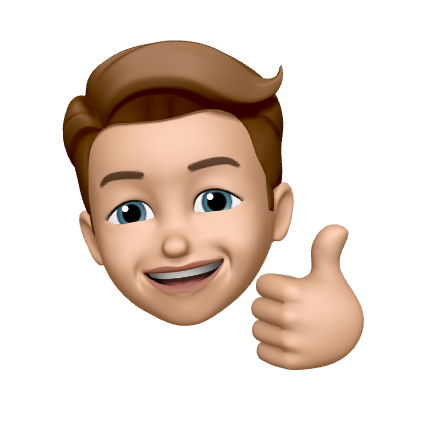Shades of Noir is an amazing independent programme created by Aisha Richards that champions social justice and centres marginalised voices in the arts, cultures and higher education. This is done through the amalgamation of resources and reading materials that support curriculum design, pedagogies of social justice, cultural currency and accessible knowledge; which invite critical and interdisciplinary discussions that work towards dismantling oppressive structures.
I was aware of Shades prior to starting the PgCert through conversations with colleagues and internal UAL emails but had never taken the time to sit down and immerse myself in the content. I have found the Journals that sit within the Publications and Archives section of the website instrumental in my learning while on the Inclusive Practices unit. The stories told by students, staff and practitioners allow me to hear voices and experiences that are not my own and may never experience as a cis white male; points of view that I would have otherwise never been enlightened to. These stories, case studies and interviews highlight the inequities both students and staff face within UK higher education and the impact that these inequities have on them. Reflecting on these experiences and being able to question what I would have done in that situation (as I have in this blogpost) allows me to address my own bias and understand how to best avoid/resolve similar experiences if and when they happen to me or a student/colleague.
A resource I was unaware of until now are the ‘Diversity Questions’ which aim to ‘develop a better understanding and build strategies and policies responding to specific contexts for impactful and purposeful changes towards social justice environments.’
These are questions I will be referring in my upcoming team planning meetings to understand how to address student attainment, inclusive assessment and decolonising the curriculum. Both personally and as a team its good to ask ourselves these questions to really interrogate the curriculum we have developed and understand where we are succeeding and what proof there is, and where we are falling short. Are we doing the most we possibly can to remove any inequities within our teaching practice, and if not why aren’t we and what can we do to address it? How are we embedding social, political, racial and environmental issues and approaches within the units? Do we discuss and teach them in a way that allows for intersectionality, diversity, flexibility, and room for evolution?
